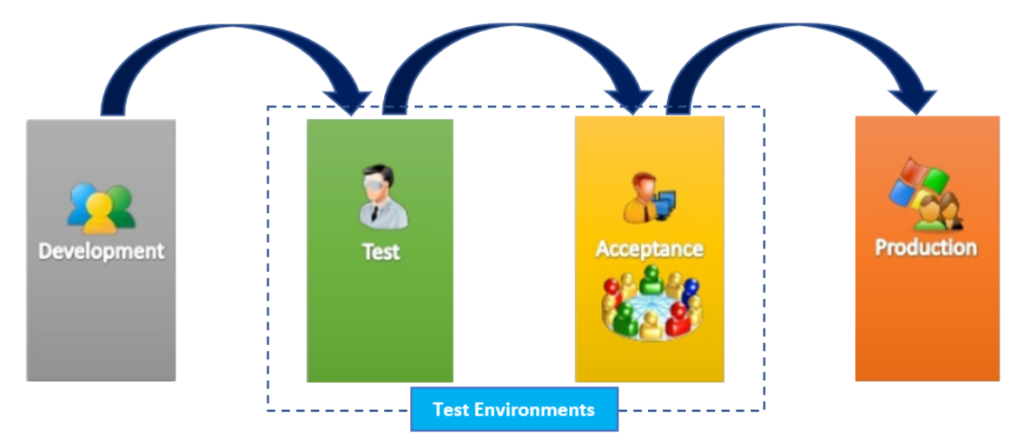Testing in Production (TIP) means to perform various tests in a production state or live environment. It helps you to focus on few areas of the functionalities used in the application that usually remains unscripted. Testing in Production is not only important but also critical as it allows testers to detect bugs in the real world scenarios and to ensure if the application works the way is it expected to after the deployment.
In general, testers are given a separate QA environment for conducting end-to-end testing and are usually not allowed to perform testing in the production environment. As per standard practice, it is only the smoke and sanity tests that are carried out in the production environment. TIP testing performed after the release of the application on the client site or in its intended or production environment or when the product has gone live.
Why is Testing Importance in Production Environment?
Mostly the developer makes the required changes in the application and deploys it on production without verifying it from the QA team just to keep application live and running, however, these frequent changes creates a lot of bugs in the application. In such cases, the application crashes hampering the overall user experience. Testing in Production (TIP) if done on a daily basis eliminates the risk due to such frequent deployments on the production environment.

In most of the project, testing in production is avoided considering it to be risky for the end user. However, testing in production can be carried on a daily basis to eliminate the risk and to monitor the application’s stability in the production environment.
It is fact that the testing of the application has not been performed in the real or production environment, for the purpose of which the product was developed. Therefore, it might be possible that some points or aspects got left out while testing the application in the simulated production environment such as
- Data Differences
QA team has made sure that the software application is tested through all sort of data but still it does not guarantee that the tested application is ready for any unexpected or undesirable data value, which might occur in the product environment. - Deployment Issues
The procedure & scenario for deploying the application in the test environment the product environment are different. Therefore, it might be possible that the test environment or site where the product was successfully deployed and installed to carry out testing activities, lacks in some aspects in comparison to real or production environment such as differences or issues in configuration settings, Database connectivity issues, network configuration, etc. Further, the organization who have adopted and following the manual build procedures are more prone to the deployment issues. - Area of Impact
Sometimes wrong selection of scenarios executes and hits the wrong areas of the application instead of correct key areas and proves to baseless and useless for the real production environment. - Unknown areas
Rarely, there exist a probability that a QA team has misses out any aspect or area of the product, but still there coverage is bound to business or user requirements and it can’t be ignored that there adherence to the specified requirements may leave out key areas, which might produce greater degree of impact in the production environment.
Benefits of Testing in Production
Testing in production is the best way to ensure an application runs smoothly even after introducing changes to the codebase. Here are the main reasons why every development team should be performing tests in the production environment:
- Real-time performance monitoring – Unlike tests performed during development, production testing monitors software performance in the real-world. Testing the application in a dynamic environment where user traffic and application data keep changing is the best way to get a clear picture of its performance and resolve potential issues.
- Improved bug detection – Production testing helps uncover bugs and security vulnerabilities that went unnoticed during earlier testing processes. As you push code to a live environment, it is more likely that specific bugs will be revealed.
- Higher resilience and quicker recovery – Testing through production makes an application more resilient in the face of disaster. It also improves its recovery ability in case such devastating events occur. This is especially important to avoid loss of functionalities or user data in the real-world.
- Reducing the risk of frequent deployment – Every change made to the codebase calls for a new deployment. This presents a lot of risks if issues related to the new deployment go unnoticed. To avoid hurting user experience in the live environment, it is vital for development teams to perform comprehensive production tests.
- Maintain quality of applications – Testing with production data helps detect real-time system failures, network failures, interruptions, poor connections, and other errors. Even if testing in the staging environment was not performed adequately, developers could use beta programs that allow customers to provide feedback on new product features and their experience.

